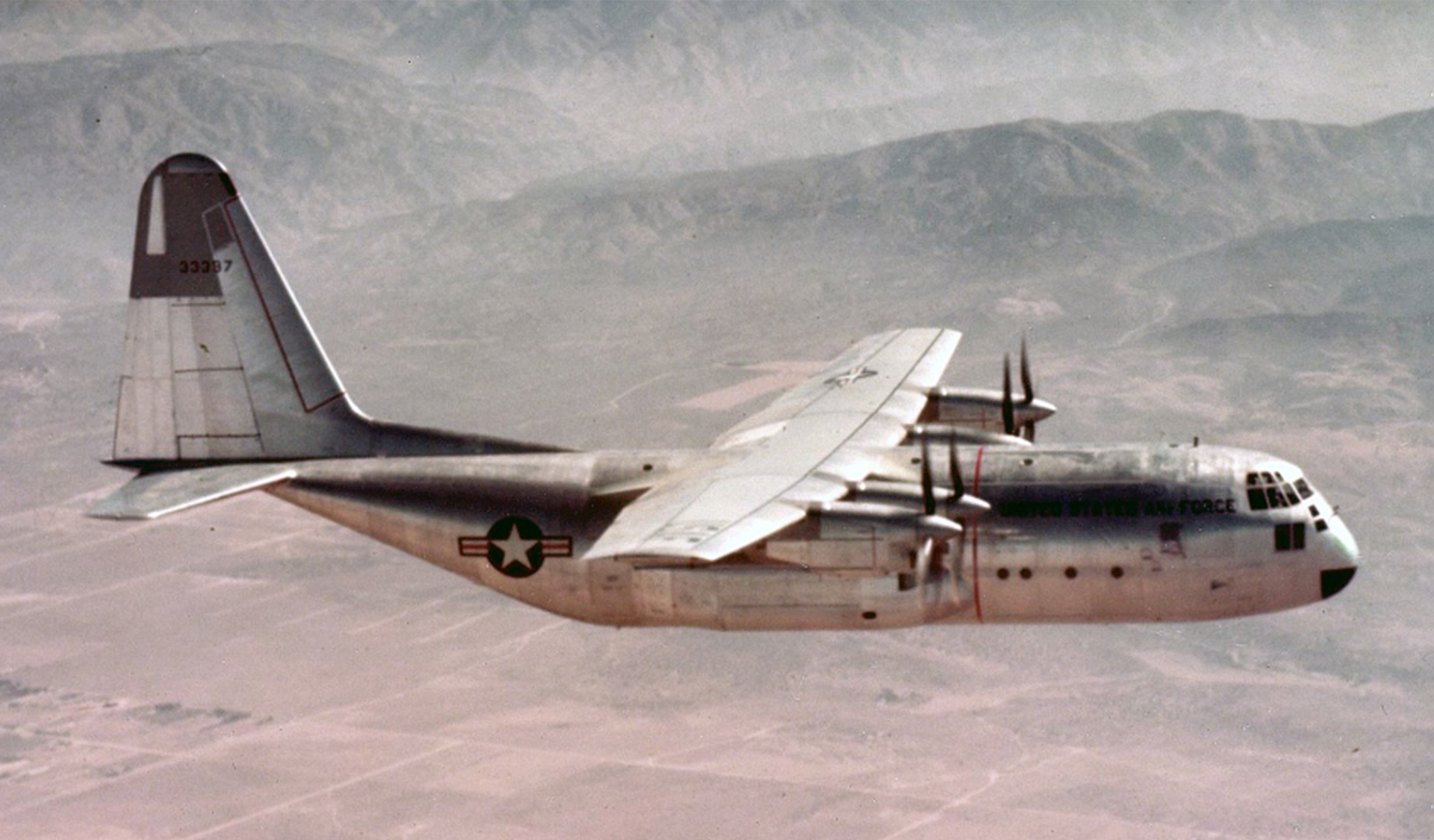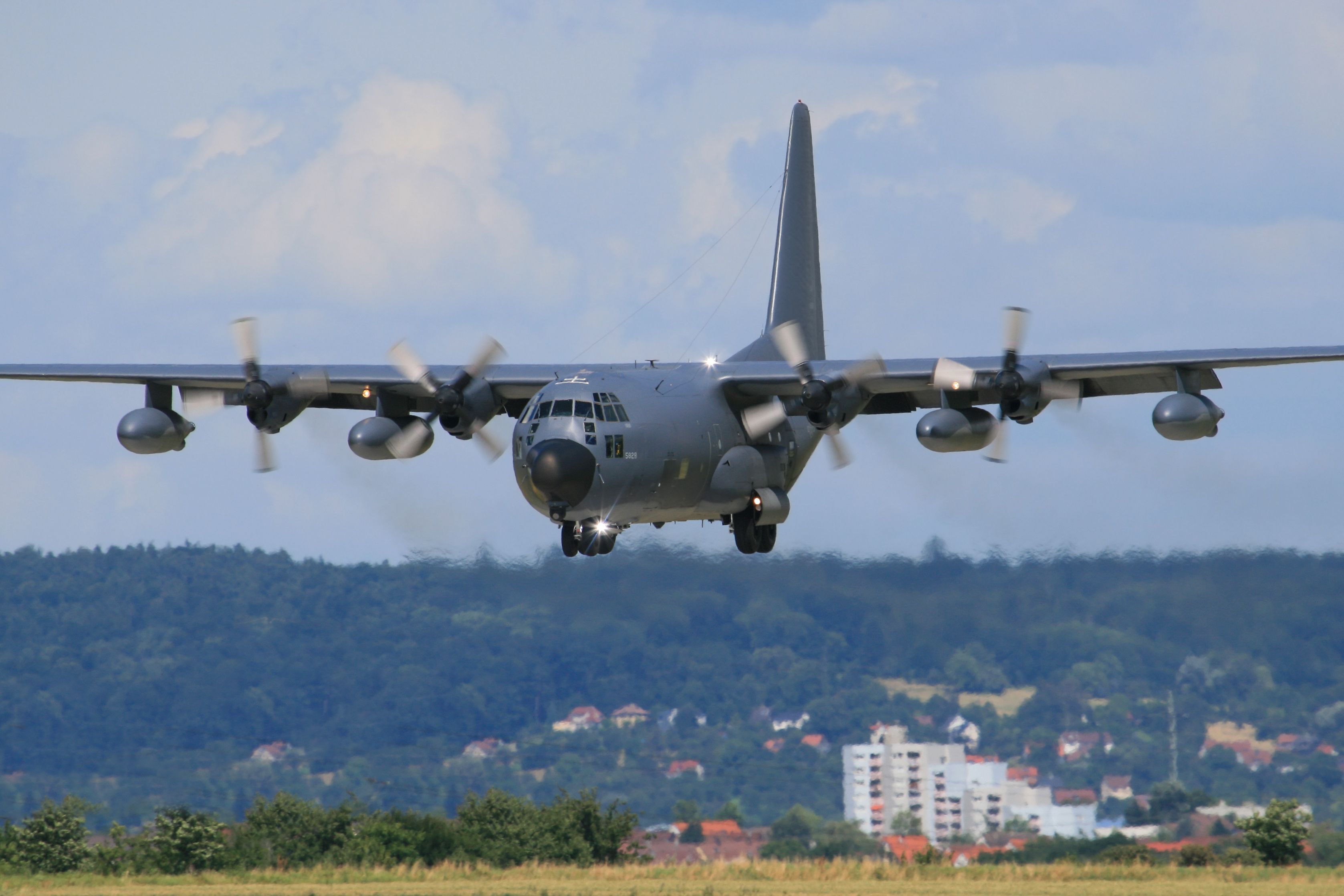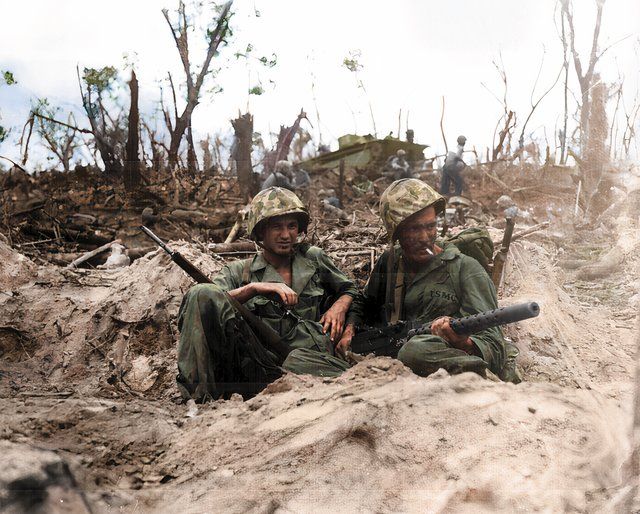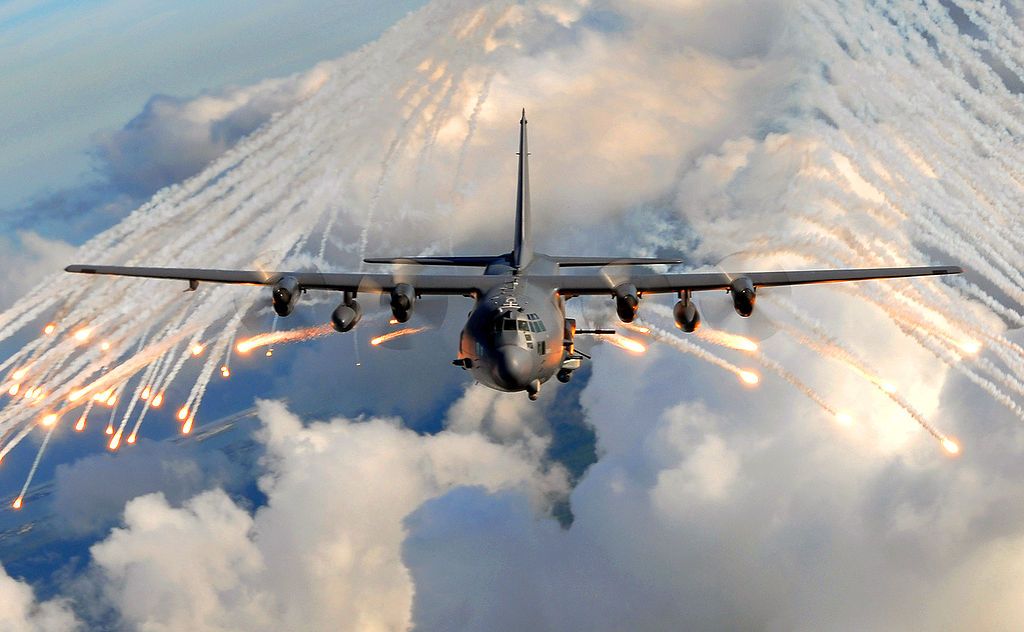Summary
- The US military is revitalizing WW2 airstrips in the Pacific for a potential Chinese conflict.
- $400 million was allocated for Peleliu airfield rehab in the US Pacific strategy.
- C-130 variants are integral to timely logistics in Indo-Pacific conflict prep.
As part of the broader Indo-Pacific Strategy, the US military is quickly preparing for a potential conflict with the People’s Republic of China. This preparation includes renovating airstrips on isolated Pacific islands that were once World War II battlefields.
On June 22nd, a Marine Corps
C-130
made the first of what will surely be many landings on a newly reopened airstrip, becoming the first military fixed-wing aircraft to touch down on the recertified airfield.
Peleliu Island, once a bloodstained battlefield
Peleliu, home to approximately 20,000 people, is a beautiful island in the Philippine Sea, approximately 550 miles east of the Philippine island of Mindanao. Despite today’s picturesque beauty, in 1944, Peleliu was the site of fierce combat between the United States 1st Marine Division and the 81st Infantry Division against a combined force of the Japanese Army.
According to the Naval History and Heritage Command, following combat operations, the Army and Marines combined lost nearly 2,000 personnel, while the Japanese lost approximately 11,000. The focus of the battle was a strategic airfield, later used for missions during the Pacific Campaign.
New life for Peleliu’s airfield
Today, after 80 years of neglect, Peleliu’s 6,000-foot runway is once again bustling with US military activity, amid growing regional tensions with China. A primary aspect of the US strategy to buffer against potential hostilities with China is to disburse its military equipment and personnel to smaller, harder-to-hit bases.
This is where the Peleliu airfield comes into play. If hostilities do commence, this airfield will be instrumental as a forward supply point and close-air support base. These operations will support and enable forward-based US and allied military units to engage their Chinese counterparts.
Today, after 80 years of neglect, Peleliu’s 6,000-foot runway is once again bustling with U.S. military activity…
Photo: Hannah Hollerud | U.S. Indo-Pacific Command
As reported by the Marine Corps Times, in order to fully integrate Peleliu’s airfield into its broader Pacific strategy, $400 million was allocated to rehabilitate the airfield. This work was accomplished by Marine Corps engineers and logistics units.
This important task included clearing the dense jungle that had retaken the area, sweeping for unexploded ordnance and extending the runway.
The recertification of “Sledge” Field
According to the official Marine Corps website, Sledge Field, named after private Eugene Sledge (who fought in the battle to capture Peleliu) was recertified in June, and the first aircraft made its landing on June 22, 2024. The inaugural landing was made by a KC-130J. This variant within the C-130 family (in service since 1954) is designed to provide the Marine Corps with inflight refueling for its tactical aircraft and helicopters.
The landing of a KC-130J as the first aircraft to touchdown on this newly reopened airfield is telling. Within the Marine Corps’ new Pacific strategy, the KC-130J will play a crucial role. As operations will be disbursed to reduce their potential for being targeted, the KC-130J will provide Marine and Naval aviation with a highly mobile Forward Arming and Refueling Point, known as a FARP.
The FARP will serve as a quick access point for the replenishment of frequently used munition types and fuel. Ideally, points such as these will aid in maintaining the tempo of combat operations in the South China Sea and its surrounding island groups.

Related
This Month In Aviation History: The Lockheed C-130 ‘Hercules’ Enters Service
Nearly 70 years later, the Hercules continues to be in production – making it the longest-continuous military aircraft production in history.
KC-130J specifications
|
KC-130J: Aerial Refueling Variant |
|
|
Specifications |
Numeric details |
|
Length |
97 ft 9 in / 29.81 m |
|
Height |
38 ft 10 in / 11.81 m |
|
Wingspan |
132 ft 7 in / 40.38 m |
|
Power Plant |
Four Rolls-Royce AE 2100D3 4,691 pshp turboprop engines, GE-Dowty Aerospace R391, 6-blade propellers, all composite |
|
Max take-off weight |
164,000 lbs. / 74,389 kg |
|
Payload |
41,224 lbs. /18,699 kg |
|
Operating weight empty |
87,276 lbs. /39,588 kg |
|
Zero fuel weight |
128,500 lbs. /58,287 kg |
|
Landing distance |
3,100 ft |
|
Maximum cruise speed |
325 KTAS/605 km/hr. |
|
All stats include external tanks and aerial refueling pods |
|
Intra-theater transport
Timely logistics, as is true of all wars, will be pivotal to ensuring that American warfighters maintain an edge and attain victory. The primary source of supply is the US, which is just over 8,000 miles away from the South China Sea and surrounding areas. Therefore, the safe movement of war equipment from the US to inter-theater supply points and then onto forward bases, such as Peleliu, will be key.
“Timely logistics, as is true of all wars, will be pivotal to ensuring that American warfighters maintain an edge and attain victory.”
It is highly likely that Australia will be a primary destination for supplies, as it is just outside of the maximum range of Chinese ballistic missiles. The movement of said supplies from northern Australia to forward bases could readily be accomplished with the slightly larger C-130J-30 Combat Delivery variant. Naval Air Systems Command describes C-130J-30 as a:
“Multi-mission medium lift fixed wing tactical aircraft providing long-range, land-based tactical and logistic support to fleet operating forces. The KC-130J-30 can be configured to provide transport of personnel or cargo. Delivery of cargo may be accomplished in-flight via parachute or by landing.
“As a tactical transport, the Super Hercules can carry 92 ground troops or 64 paratroopers and equipment. It can also be configured as a medical evacuation platform capable of carrying 74 patients on stretchers and their attendants.”
The C-130, island bases, and the larger Indo-Pacific strategy
The recertification of the Peleliu airfield is part of the broader Pacific strategy for the Navy and Marine Corps. This strategy is entitled Force Design, formerly Force Design 2030, and it is aimed at buffering American allies against the aggressive behavior of China and preparing for a possible conflict.
A conflict in the South China Sea and in the areas around its regional states will be difficult, particularly concerning logistics. Larger supply bases known as “Iron Mountains” are easy targets. If they are lost, it would be a massive setback due to the loss of large quantities of valuable equipment and munitions. With this threat in mind, US military supply bases in the Asia Pacific region are being broken up and disbursed to reduce their possibility of being targeted and destroyed.
Bases such as Peleliu and others like it will be critical links to rear area supply bases, most likely located in Australia. The Peleliu airfield will be a link that connects to the most forward, disbursed Marine Corps expeditionary bases and provides them with vital supplies and Medivac services. It will likewise support aircraft with fuel and ordnance. With this said the C-130 family of transport aircraft will be right in the midst of this high-intensity struggle.

Related
Throwback: When The US Navy Landed A Lockheed C-130 Hercules On An Aircraft Carrier
The US Navy once conducted tests to determine the feasibility of using the C-130 at sea.





